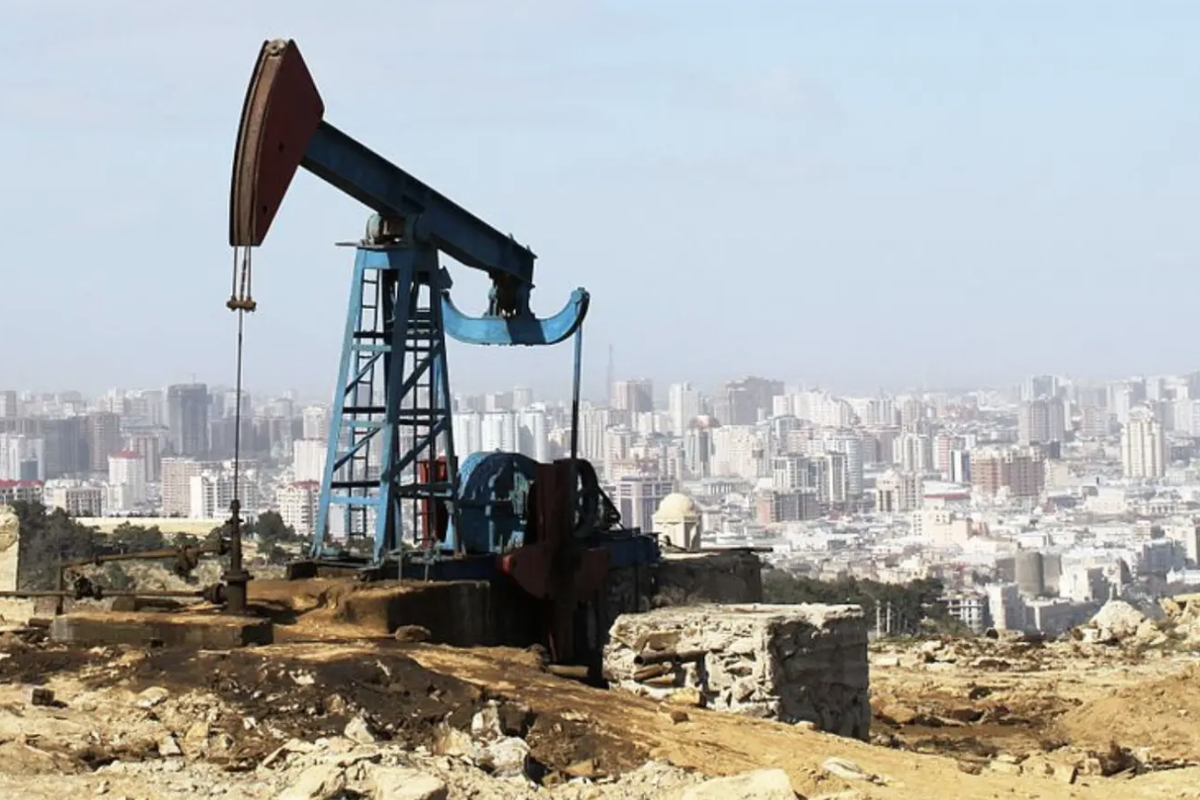[ad_1]
On Sunday, the OPEC and the non-OPEC producers, a group of 23 oil-producing nations known as OPEC+, decided to maintain oil production targets at current levels, including an existing policy of reducing oil production by 2 million barrels per day.
OPEC+ decided to continue its daily reductions in oil output, amounting to about 2% of world demand, from November through the end of 2023.
The OPEC+ decision comes two days after the Group of Seven (G7) agreed on a cap for Russian oil prices.
On Friday, the G7 agreed to put a price cap of $60-per-barrel on Russian crude oil. The policy will ban companies from shipping, insuring, or financing Russian oil unless it is sold below the price cap.
Also Read: US Vs. OPEC? White House Responds To OPEC+ Reduction In Oil Output
However, Russia has said that it “will not accept” the price cap set by the G7 and would further analyze the agreement.
According to Reuters, several OPEC+ members have expressed frustration with the Russian oil cap, calling it an anti-market measure that could eventually be used by the West against any producer.
JPMorgan Chase has said that OPEC+ may revise production in the new year based on new data on Chinese demand trends, consumer compliance with Russian crude production price caps, and tanker flows, reports Reuters.
It remains to be seen how the decision by OPEC+ will impact the Energy Select Sector SPDR Fund XLE, and some of the top companies in the ETF, such as Exxon Mobil Corp XOM and Chevron Corp CVX.
Russian Urals crude traded at around $67 a barrel on Friday, while Brent Crude traded at about $85 a barrel.
Oil prices have fallen below $90 a barrel from more than $120 in early June.
Photo: Courtesy of commons.wikimedia.org
[ad_2]
Image and article originally from www.benzinga.com. Read the original article here.

